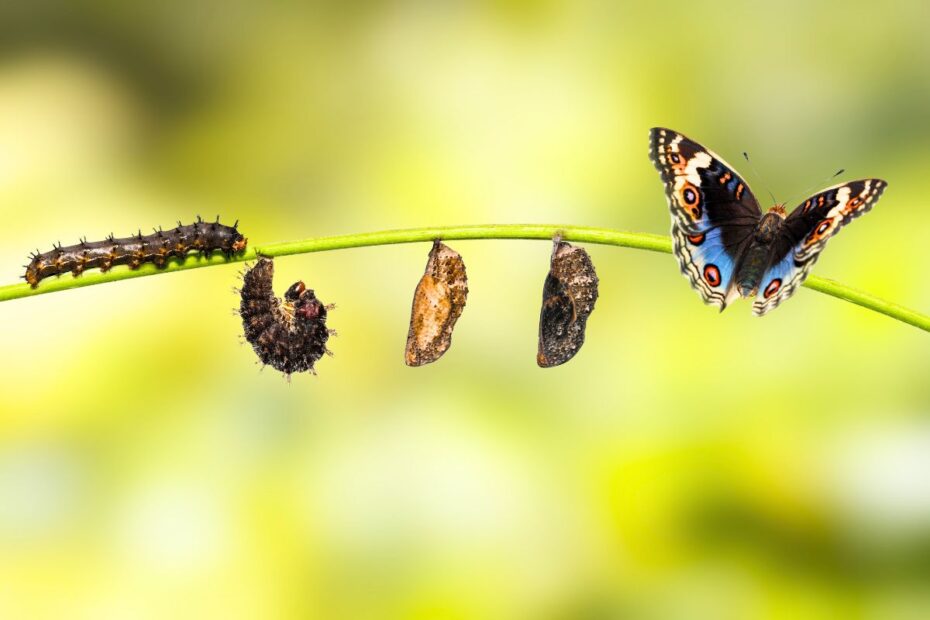Not all insects are destined for long lives — some burn bright and fast, living only long enough to feed, reproduce, and ensure the next generation. Here are ten examples of insects with remarkably short lifespans, each with its own unique role in nature.
Mayfly – a few hours
Once it leaves its larval stage — which can last up to three years — the adult mayfly has only a few hours to live. It spends this fleeting time flying and mating in mid-air. Its wings, which cannot fold back against its body, are a primitive feature dating back over 350 million years, making it one of the oldest winged insects still around today.
Gnat – 7 days
Tiny but relentless, gnats are small dipterans often mistaken for miniature flies. Sometimes called fungus gnats, they lay their eggs in soil, compost, or potted plants. Their larvae, small white maggots, develop quickly and can become a nuisance both indoors and outdoors. Pyrethrum-based sprays, derived from chrysanthemums, are often used to control them.
Cabbage moth – 15 days
Also known as the diamondback moth, this small butterfly begins life as a caterpillar with a big appetite for cruciferous plants like cabbage and broccoli. In just over two weeks, it can strip leaves down to their veins, making it a serious pest for gardeners.
Housefly – up to 17 days
Male houseflies rarely live beyond 17 days, though females can survive up to 21. While they help break down organic waste in sewers and rubbish dumps, their tendency to land on our food after visiting such places makes them dangerous carriers of bacteria and viruses.
Worker bee – 6 weeks
A worker bee’s short life is spent in constant service to the hive — cleaning, foraging, feeding larvae, and defending the colony. These social insects are vital pollinators, yet their numbers are in decline due to pesticides and habitat loss.
Dragonfly – 4 months
Graceful and fast, the dragonfly thrives around ponds, lakes, and wetlands. With two pairs of wings and superb flight control, it can reach speeds of 36 km/h. Though its adult stage is short, it spends most of its life as an aquatic nymph, preying on other small creatures.
Ladybird – about 12 months
Known affectionately as the ladybug or “ladybird beetle,” this gardener’s ally feeds on aphids and other plant pests. While the ladybird lives up to a year, its prey — aphids — rarely survive more than a few weeks.
Aphid – 18 days
These sap-sucking pests may be tiny, but they are prolific breeders and carriers of plant diseases. A severe infestation can devastate crops. Introducing ladybird larvae is a natural way to keep them in check.
Drone bee – 1–2 months
Male bees, or drones, are born from unfertilised eggs in a process called parthenogenesis. Their sole purpose is to mate with a queen. Once they do, they die almost instantly, leaving behind their reproductive organ — a one-time mission with a fatal outcome.
Ant – a few months
Ant lifespans vary widely by species and caste, but worker ants generally live only a few months. Highly cooperative and organised, they protect trees from pests and can carry up to 50 times their body weight. In some regions, like Italy, ants collectively consume over 14,000 tonnes of insects each year.
Short-lived though they may be, these insects play crucial roles in their ecosystems — from pollination to pest control. Their brief lives are a reminder that in nature, longevity isn’t always the measure of importance.
